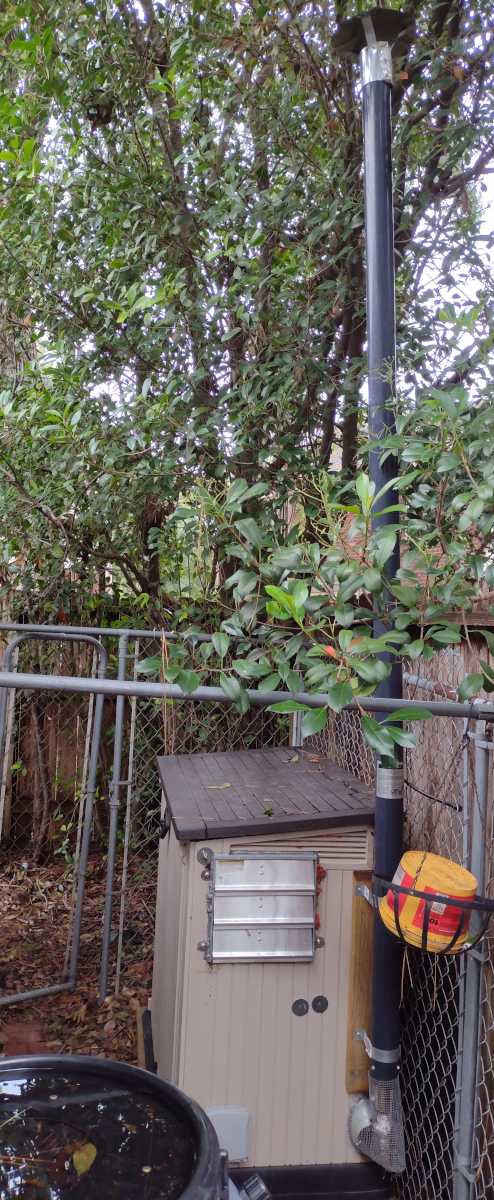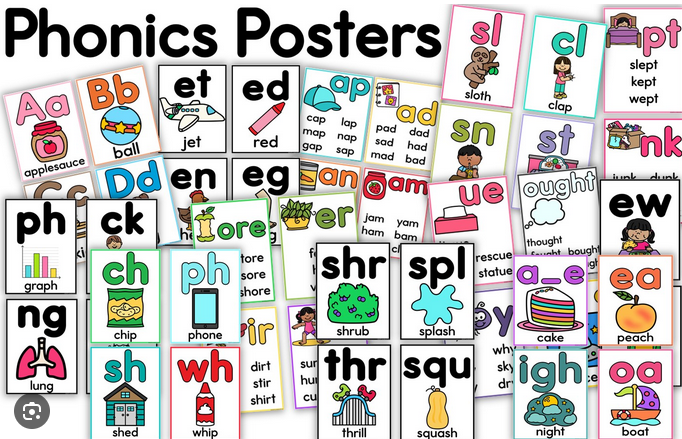On July 8th of this year, Hurricane Beryl swept directly over Houston, leaving two and a half million people without power. The eye passed over my house, and our power and Internet was knocked out for 80 hours, in large part  because of trees downed across lines strung along a heavily wooded and somewhat overgrown road. Houstonians love their trees (I do too) and with the weather this close to the gulf, the generator I installed last summer has already been pressed into service five times, including the May 16 derecho that also left a million people in the dark. But Beryl was the first prolonged outage that forced us to really put the new emergency power system to the test, and so I thought it appropriate to post a little report, in case anyone cares to learn from my experience.
because of trees downed across lines strung along a heavily wooded and somewhat overgrown road. Houstonians love their trees (I do too) and with the weather this close to the gulf, the generator I installed last summer has already been pressed into service five times, including the May 16 derecho that also left a million people in the dark. But Beryl was the first prolonged outage that forced us to really put the new emergency power system to the test, and so I thought it appropriate to post a little report, in case anyone cares to learn from my experience.
I’ve posted before about the generator installation and the isolated emergency circuits through which it connects to the house. The short version is, I didn’t want to spend the cost of a small car on a whole-house generator, but I didn’t want to leave my family with a complex, potentially hazardous system when I’m not around. So no hauling a generator out onto the patio and running heavy cabling through a window, and no connection through the house breaker box and confusing cutover and circuit allocation. The generator plugs into the house as if it were an RV, and has its own circuits and breakers. The family only has to plug it in, fuel it, start it, and make use of the for red emergency power outlets in the house.
Observations
So how does it work in practice? Very well. It takes only a few minutes to start up, even in the midst of a storm, and just a few minutes inside to switch over the frig, internet, and my office computer if so desired. What takes longer, and what Beryl gave us the first test of, is pulling the portable AC out of storage and creating a single-room family “storm home” around it. I’ll leave the details of that to the imagination and share the lessons and observations:
- First, always keep gasoline on hand. I have 17.5 gallons worth of gas can storage, but I’d gotten lax and let my stores dwindle to only 2.5 gallons in one can plus about that much in the generator. That was dumb. It should come as no surprise that after a hurricane passes over your city, you can expect essentially all gas stations to be out of operation for two days. They might be open, but most are not pumping gas, and those that are are not taking credit cards. So…
- Keep on hand enough gasoline to run the generator for at least 48 hours. Make sure you have at least one can you can use to safely dump unused gasoline into a car, because you’ll want to keep stores gas on a rotation so that it doesn’t get too old, break down, absorbe moisture, etc. and the obvious way to do this is to keep one or two cans full of gas that can be burned in a car and replaced every few months, only filling any additional cans before a forecast storm—just get off your butt and go fill them when the time comes!
- Second, you probably don’t need as much power as you may thin. Having a working frig, one lamp, and one fan makes a HUGE difference. Add in a little electronic entertainment and the odd small appliance, and days of sweltering misery have become a minor inconvenience. You might need the fan to sleep, and you might not be as comfy as you’d like, but you’ll be fine.
- My little generator can produce 3,500 watts continuously or 4,000 peak, and it’s an inverter generator completely safe for electronics. It has an economy mode that causes it to throttle to meet the load.
- Powering only the refrigerator, the home Internet equipment, my office computer, and a couple of fans and lights, it can run 12-15 hours on 2.5 gallons of gasoline.
- Powering all this, plus a small portable room AC, the TV and disk player and assorted video games, the same fuel only lasted 8-10 hours.
- We put the AC in our family room, open to the kitchen and surrounded by old, leaky windows and ran it in its default mode with the thermostat set to 78. It held that temperature over night, and with daytime temperatures in the upper 90’s, kept the room below 81 and the humidity level comfortable at all times.
- We did not activate the AC’s “turbo mode” that basically makes it just run flat out all the time and cool at much as it can. We could have, and I did test is after the mains came back on and the generator seemed to have no problem with it, but it would have burned through a lot more gasoline.
- That’s important, because as some of my coworkers learned the hard way, larger generators can be impractical or even impossible to keep fueled during a major area-wide recovery. With the AC running, we were comfortable and using a hair over 5 gallons of gas per day, which after the first two days was easily replaced and could have been maintained indefinitely.
- The AC extracted almost exactly 10 gallons of water per day from the air. If we had to, we could have run it through a filter for drinking.
- I did run into a problem during the previous storm that I finally figured out this time: like most modern generators, this one have a fuel tank vent designed to equalize the air pressure inside the tank. Mine doesn’t work, so as the generator burns gasoline, the air pressure inside the tank can drop enough to kill the engine. Leaving the gas can loose solved the problem, but the valve need to be replaced. I’m not 100% certain there is really a good reason to have that valve instead of the little breath hole that small engine gas caps had for a century, but whatever–technology marches on, right?
Lessons




 Then, they practice “sounding out” words by breaking them down into these sounds and blending them together to read the word. For example, they learn that “c” makes a /k/ sound, “a” makes an /a/ sound, and “t” makes a /t/ sound. Putting these together, they get the word “cat.”
Then, they practice “sounding out” words by breaking them down into these sounds and blending them together to read the word. For example, they learn that “c” makes a /k/ sound, “a” makes an /a/ sound, and “t” makes a /t/ sound. Putting these together, they get the word “cat.”
 because of trees downed across lines strung along a heavily wooded and somewhat overgrown road. Houstonians love their trees (I do too) and with the weather this close to the gulf, the generator I installed last summer has already been pressed into service five times, including the May 16 derecho that also left a million people in the dark. But Beryl was the first prolonged outage that forced us to really put the new emergency power system to the test, and so I thought it appropriate to post a little report, in case anyone cares to learn from my experience.
because of trees downed across lines strung along a heavily wooded and somewhat overgrown road. Houstonians love their trees (I do too) and with the weather this close to the gulf, the generator I installed last summer has already been pressed into service five times, including the May 16 derecho that also left a million people in the dark. But Beryl was the first prolonged outage that forced us to really put the new emergency power system to the test, and so I thought it appropriate to post a little report, in case anyone cares to learn from my experience.